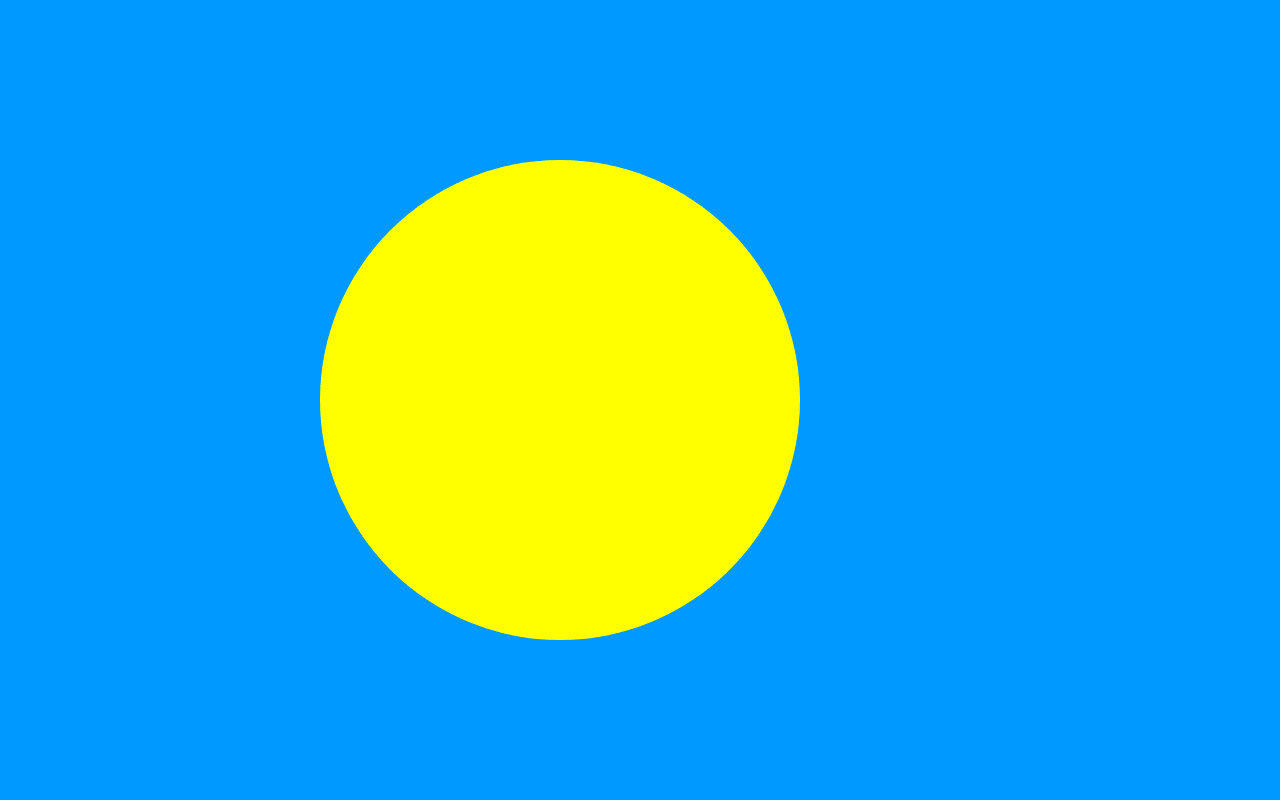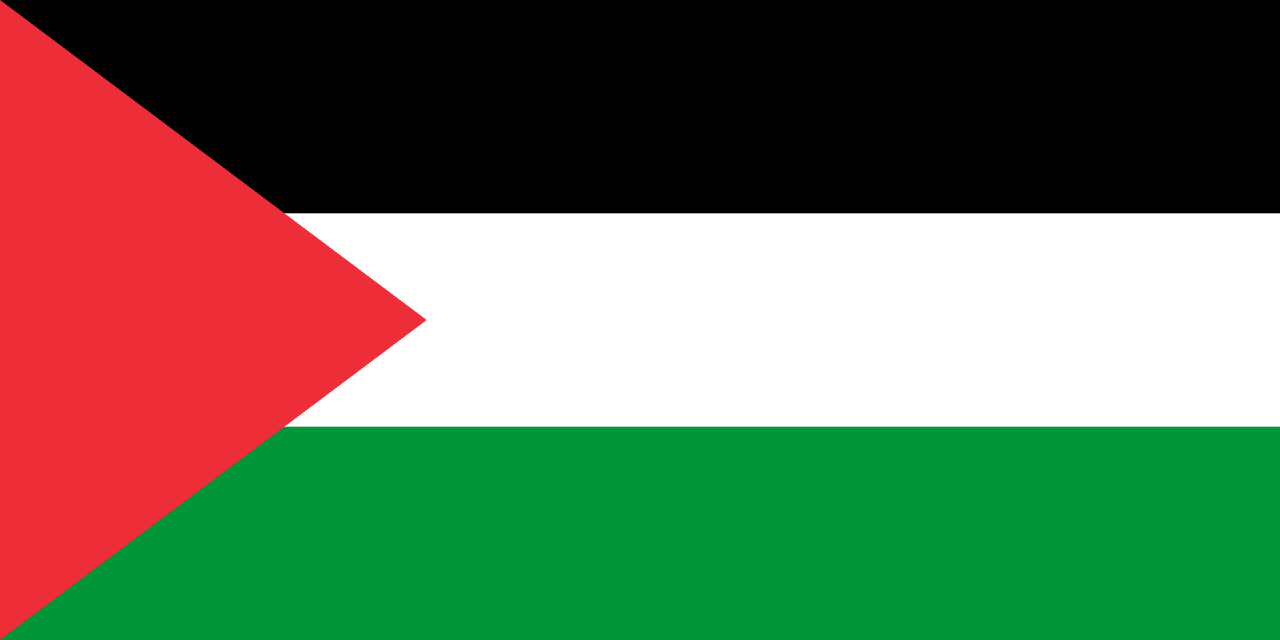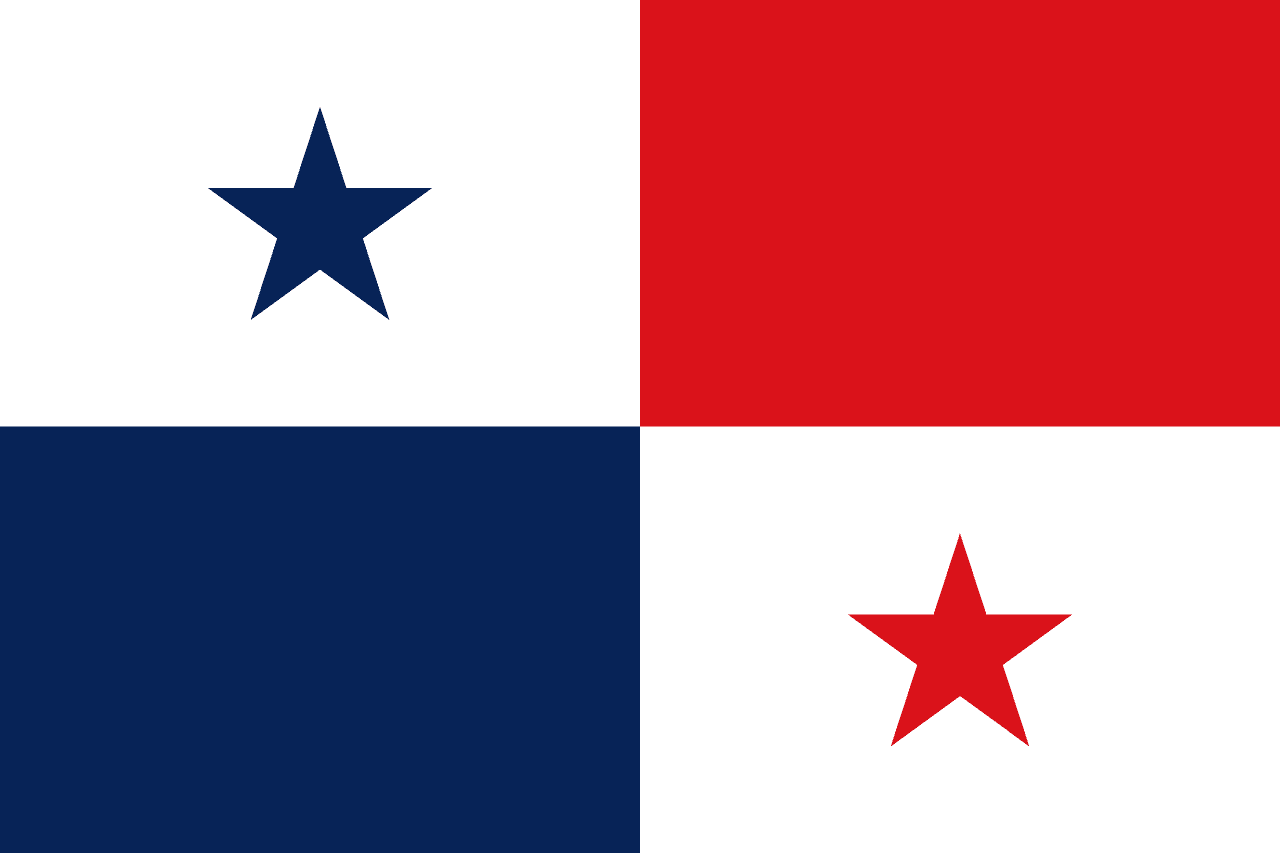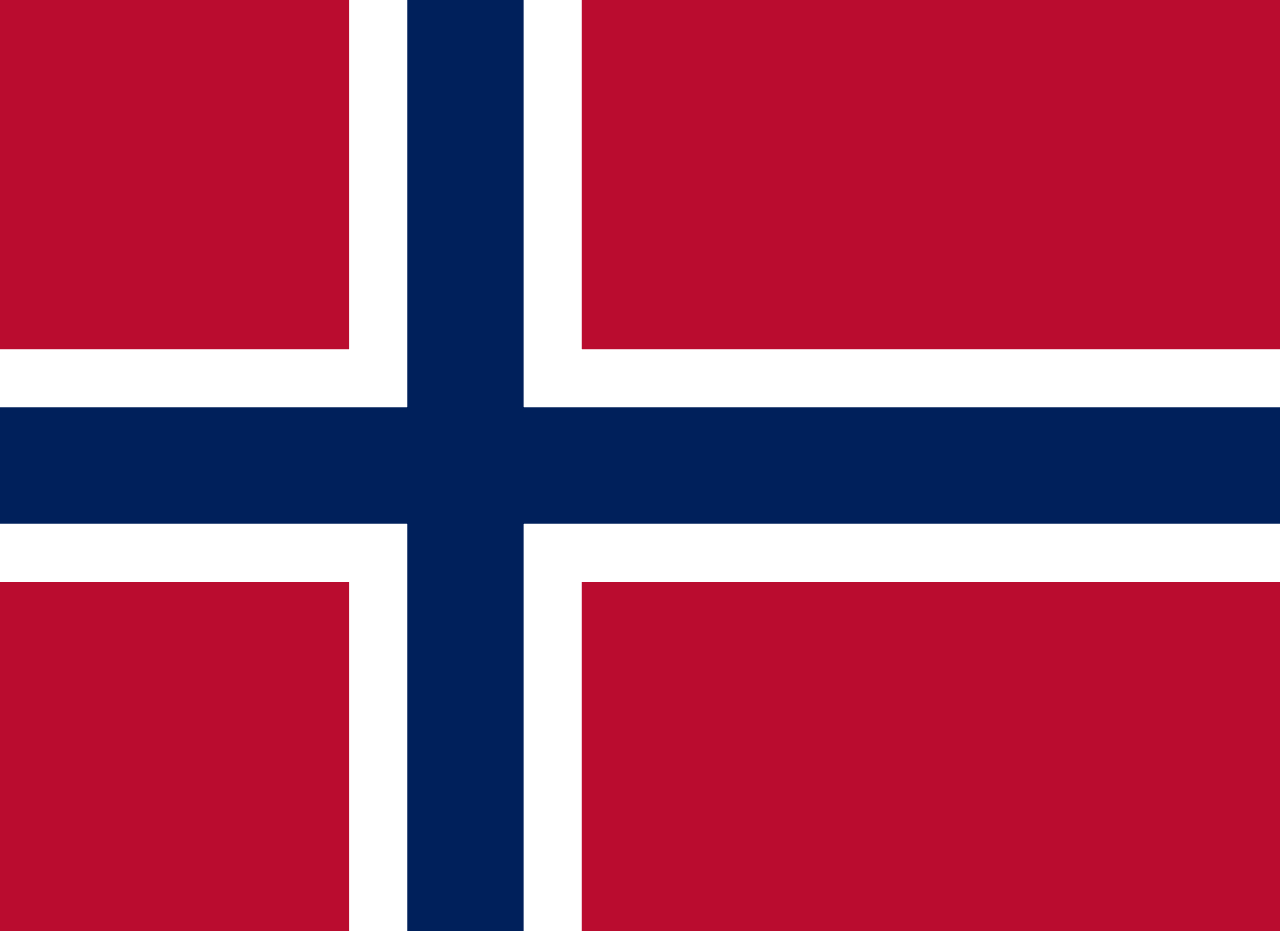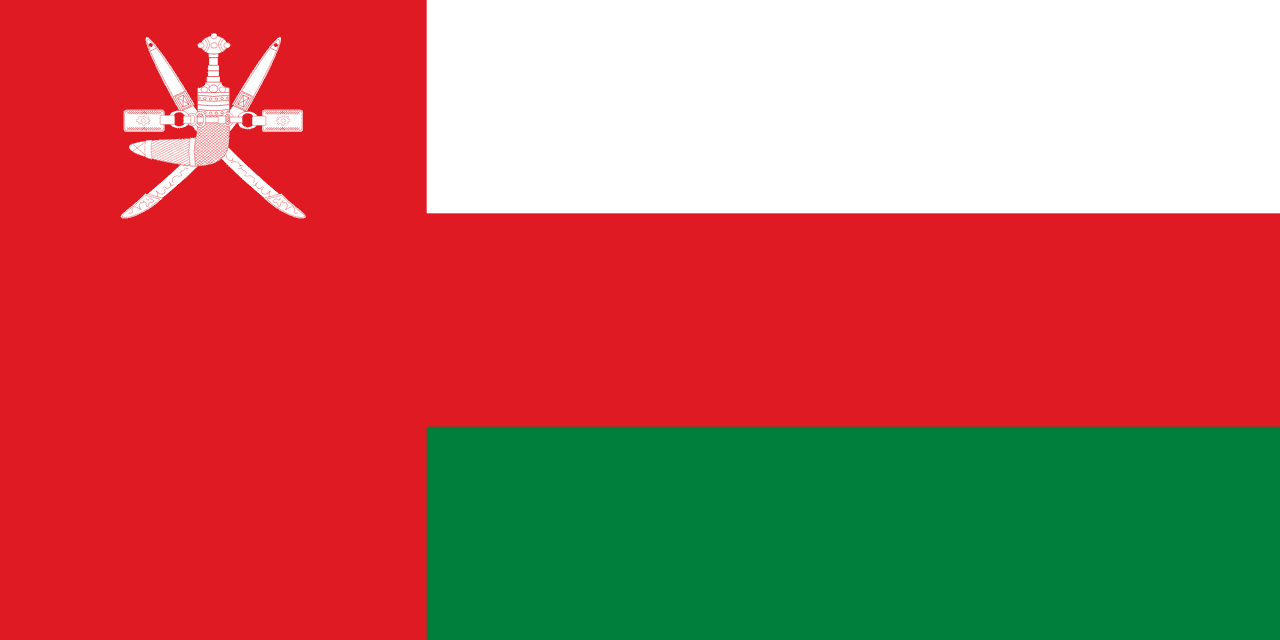The flag of Pakistan features a dark green field with a white crescent moon and a five-pointed star at its center, alongside a white vertical stripe on the hoist side. This distinctive design encapsulates Pakistan's Islamic heritage, cultural values, and aspirations as a nation.
Pakistan information
| National Flag Day | — |
| Sovereign state | Yes |
| Official name | Islamic Republic of Pakistan |
| Capital | Islamabad |
| Population | 216,565,318 |
| Area | 796,095 km² |
| Currency | Pakistani rupee (PKR) |
| Language | Urdu, English |
| Continent | Asia |
| Region | South Asia |
| Subregion | Central Asia |
| Borders | Afghanistan, Iran, India, China |
| Timezone | Pakistan Standard Time (PST) UTC+5 |
| Calling code | +92 |
| Top-level domain | .pk |
History of the Pakistani flag
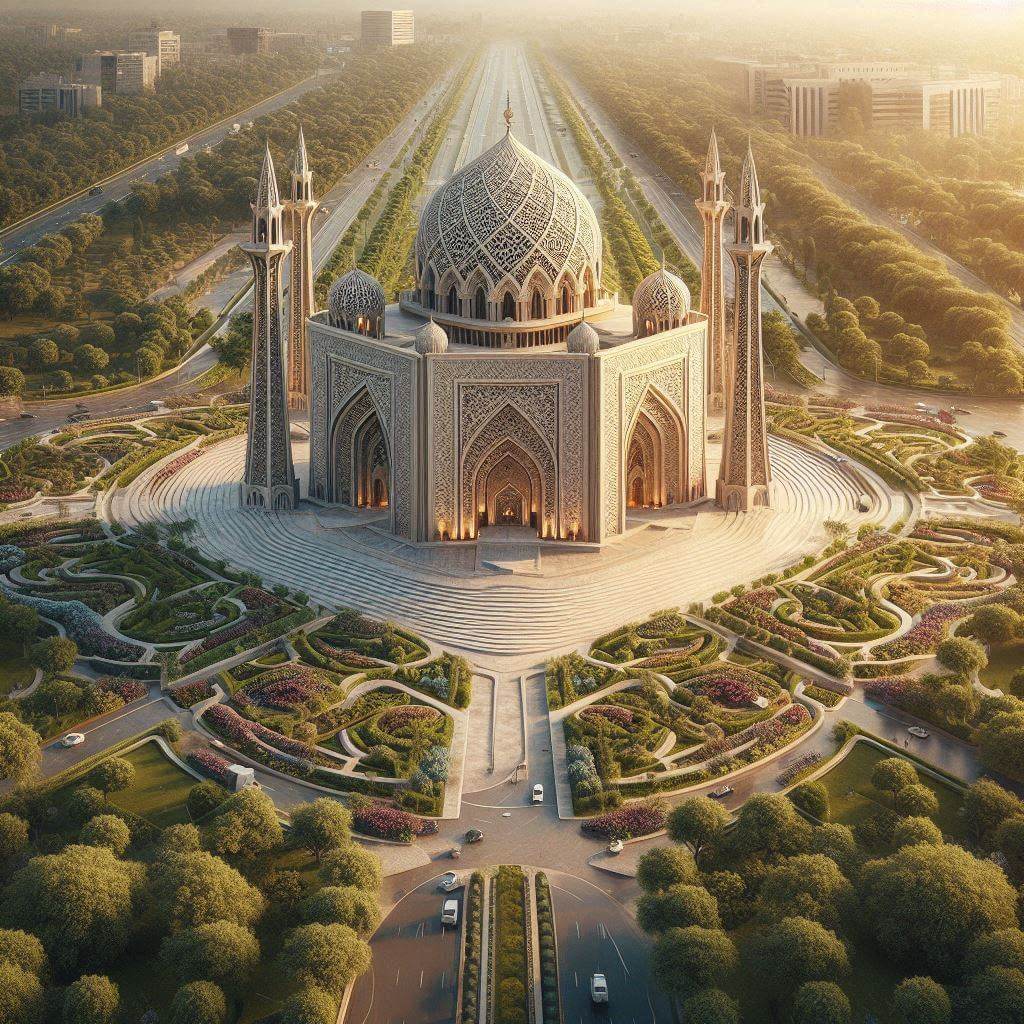 The flag of Pakistan was officially adopted on August 11, 1947, just days before the country gained independence from British rule on August 14, 1947. The design was proposed by Muhammad Ali Jinnah, the founder of Pakistan, and was based on the flag of the All-India Muslim League, the political party that spearheaded the movement for a separate Muslim state in South Asia.
The adoption of the flag marked a pivotal moment in Pakistan's history, symbolizing the birth of a new nation and the realization of the dream for a Muslim homeland in the subcontinent. Since its inception, the flag has remained unchanged, serving as a constant reminder of Pakistan's founding principles and its journey as an independent nation.
The flag of Pakistan was officially adopted on August 11, 1947, just days before the country gained independence from British rule on August 14, 1947. The design was proposed by Muhammad Ali Jinnah, the founder of Pakistan, and was based on the flag of the All-India Muslim League, the political party that spearheaded the movement for a separate Muslim state in South Asia.
The adoption of the flag marked a pivotal moment in Pakistan's history, symbolizing the birth of a new nation and the realization of the dream for a Muslim homeland in the subcontinent. Since its inception, the flag has remained unchanged, serving as a constant reminder of Pakistan's founding principles and its journey as an independent nation.
Symbolism and design of the Pakistani flag
The Pakistani flag's design is rich in symbolism, reflecting the country's Islamic identity, cultural values, and aspirations. The dark green field, which dominates the flag, represents Islam, the majority religion of Pakistan. It also symbolizes prosperity, growth, and the agricultural heritage of the country. The white crescent moon and five-pointed star are traditional symbols of Islam, representing progress and light respectively. The crescent is often seen as symbolizing hope and the bright future of Pakistan, while the star represents knowledge and enlightenment guiding the nation forward. The white vertical stripe on the hoist side holds particular significance. It represents the religious minorities of Pakistan, symbolizing the country's commitment to their rights and protection. This inclusion reflects the vision of Pakistan's founders for a diverse and inclusive nation where all citizens, regardless of their faith, would be equal members of society. Together, these elements create a flag that embodies Pakistan's Islamic roots while also emphasizing its commitment to progress, knowledge, and the protection of minority rights.
Usage and significance of the Pakistani flag
 The flag of Pakistan holds immense importance as a symbol of national identity and pride. It is prominently displayed on government buildings, schools, and during official ceremonies throughout the country. The flag plays a central role in national celebrations, particularly during Independence Day on August 14th and Pakistan Day on March 23rd, when cities and towns across Pakistan are adorned with flags and green-and-white decorations.
In daily life, the Pakistani flag is a common sight, often displayed on vehicles, in shops, and at public gatherings. It serves as a unifying symbol for Pakistan's diverse population, transcending regional, linguistic, and ethnic differences.
Internationally, the Pakistani flag represents the country at diplomatic functions, sporting events, and global forums. It symbolizes Pakistan's sovereignty, its Islamic identity, and its role in the international community. The flag is also a source of pride for the Pakistani diaspora around the world, serving as a connection to their homeland and cultural heritage.
The flag of Pakistan holds immense importance as a symbol of national identity and pride. It is prominently displayed on government buildings, schools, and during official ceremonies throughout the country. The flag plays a central role in national celebrations, particularly during Independence Day on August 14th and Pakistan Day on March 23rd, when cities and towns across Pakistan are adorned with flags and green-and-white decorations.
In daily life, the Pakistani flag is a common sight, often displayed on vehicles, in shops, and at public gatherings. It serves as a unifying symbol for Pakistan's diverse population, transcending regional, linguistic, and ethnic differences.
Internationally, the Pakistani flag represents the country at diplomatic functions, sporting events, and global forums. It symbolizes Pakistan's sovereignty, its Islamic identity, and its role in the international community. The flag is also a source of pride for the Pakistani diaspora around the world, serving as a connection to their homeland and cultural heritage.
Interesting facts about the Pakistani flag
- The specific shade of green used in the Pakistani flag is often referred to as 'Pakistan green' and is unique to this flag.
- The flag's design inspired the creation of the star and crescent symbol used by several other Muslim-majority countries.
- Pakistan has strict laws governing the use and display of its national flag, including regulations on its dimensions and the proper way to hoist and lower it.
- The world's largest human flag was formed by 29,040 Pakistani students in 2014, setting a Guinness World Record.
- The flag is often referred to as 'Parcham-e-Sitara-o-Hilal' in Urdu, meaning 'Flag of the Crescent and Star'.
